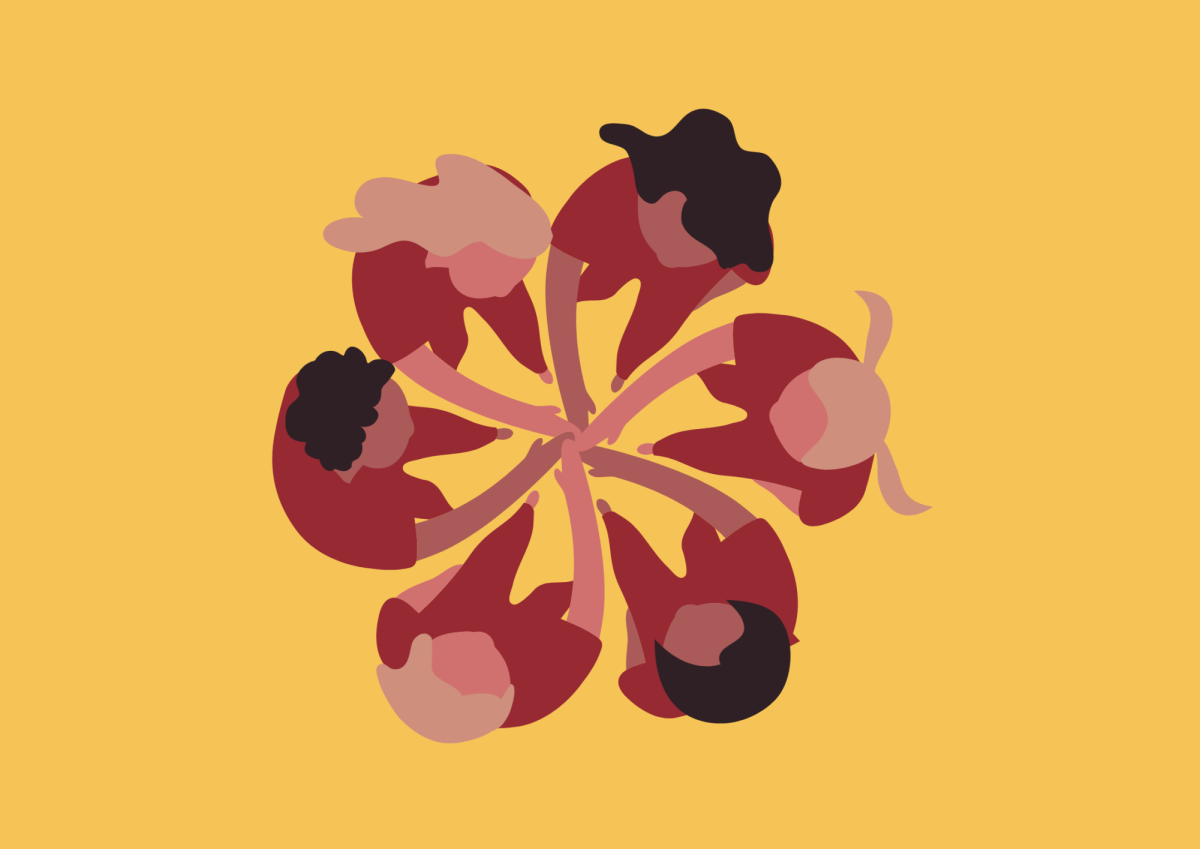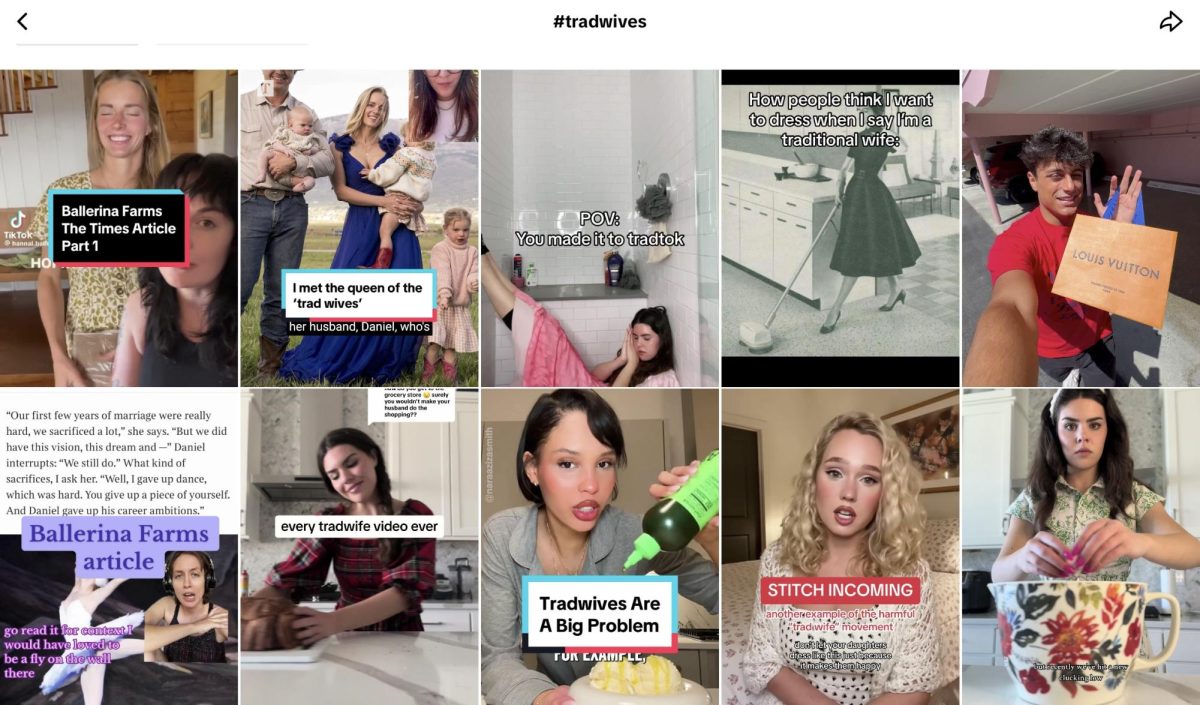In 1899, Jean-Marc Côté predicted that teachers would be able to churn knowledge directly into our brains. Some people say that our world is transforming in ways we cannot imagine. Others say that we are living in a world on its path towards self-destruction. As our world changes faster than ever, I must ask myself this question: what can one person in a world of billions do to shape the future? As a mere high school student, how can I be the potter that molds the events of tomorrow?
Mr. “We-can’t-change-the-future” would say “It’s impossible for one person to change the future!” But I say, we can.
As part of the younger generation, I never had to walk miles to the library to access information; nor did I have to use a physical map to navigate on a road trip. Because information can now be obtained as easily as a click of a button, I have a choice when learning. Do I learn content that is already easily available? Or do I focus on learning how to learn? I have the choice to be curious.
Many people know the expression “Curiosity killed the cat,” but few know that the expression is incomplete. Curiosity killed the cat, but satisfaction brought it back. The power of curiosity is often underestimated. As children, we would always ask “Why?” Curiosity is the root of innovation. It is what drives me to create and to essentially change the world. As millennials, we want more answers than ever before. These ambitions often allow us to examine the present and seek change for the future. Even questions that are outwardly simple as “Why do we feel love?” or “Are we alone in this universe?” can push the boundaries of our knowledge and prompt the start of a new idea.
In order to look to the future, we must look to the past. Humans have always been built and inclined to solve problems. Ever since the Stone Age, humans transitioned from the most basic tools such as hammerstones to more sophisticated ways to create tools. Naturally, curiosity drove to more advancements that affect all parts of our daily lives. In some ways, I am like these humans that lived in the Stone Age. As an individual living in an age with so many technological advancements, though, I crave the ‘hows’ and the ‘whys’. When I come across a problem, I continuously ask questions both inside and outside the classroom. This is the answer to building the future: curiosity must be nurtured. If it is ignored, how can we unlock the future?
As a young individual, I can say that by continuously seeking answers not only for ourselves but also for spreading this knowledge to others, I can, therefore, shape the future into a world where knowledge and innovation have no boundaries. As the youth, our biggest investment is in our education and our eagerness to learn. These seemingly petty ‘what ifs’ are essential to our ever-changing world and are the fundamentals of shaping a constantly innovating world.
Our World: 2050
September 27, 2019
0
Tags:
More to Discover

![[PHOTO COURTESY OF CRISTINA GOTTARDI ON UNSPLASH]](https://blueandgoldonline.org/wp-content/uploads/2019/09/allison-900x498.png)
![A collection of college flags. [PHOTO COURTESY OF AMBER HU ('27)]](https://blueandgoldonline.org/wp-content/uploads/2025/05/IMG_5029-1200x577.jpeg)

![An SAT word cloud. [PHOTO COURTESY OF WORDCLOUDS]](https://blueandgoldonline.org/wp-content/uploads/2025/05/SAT.jpeg)
![Collage of banned books, including “The Handmaid’s Tale” by Margaret Atwood. [MINSUN KIM/ THE BLUE & GOLD]](https://blueandgoldonline.org/wp-content/uploads/2025/04/IMG_4274-1200x681.jpeg)

![A collage of dark romance book covers from an online store for dark romance novels. [PHOTO COURTESY OF TRILOGYOFROMANCE.COM.AU]](https://blueandgoldonline.org/wp-content/uploads/2025/04/IMG_4272-1200x600.png)